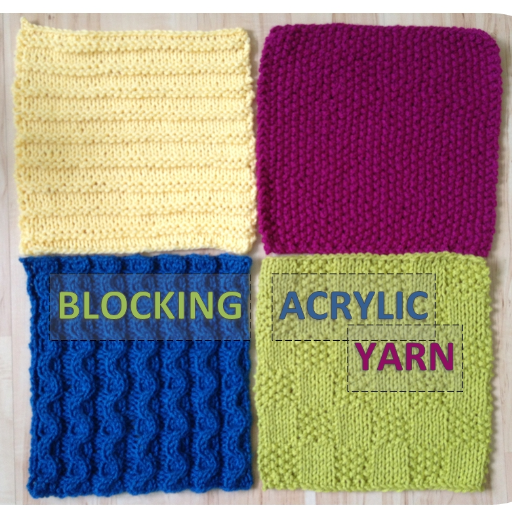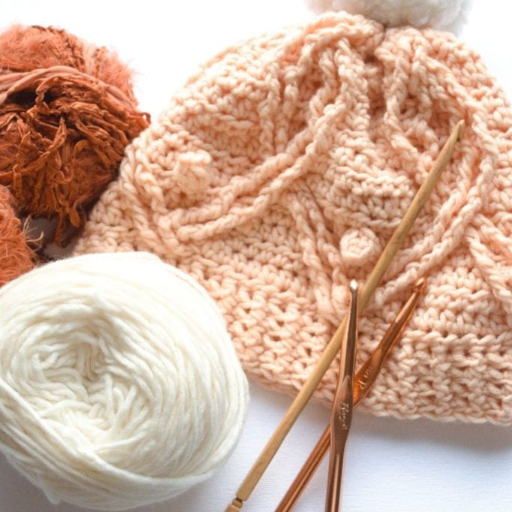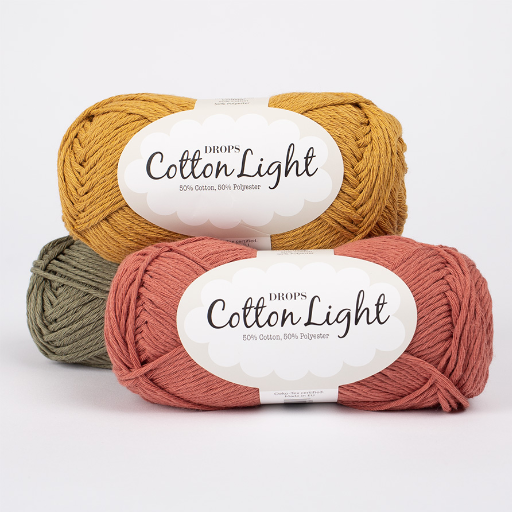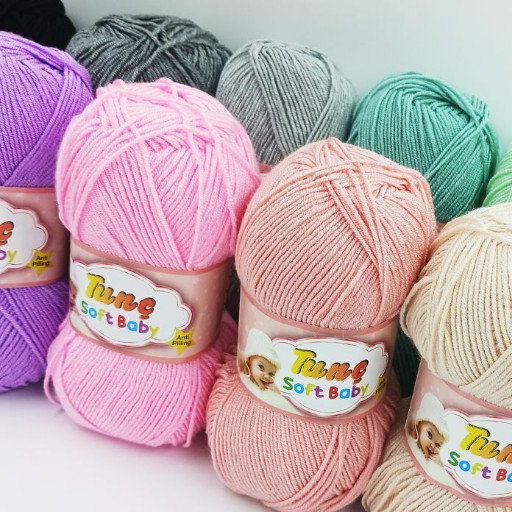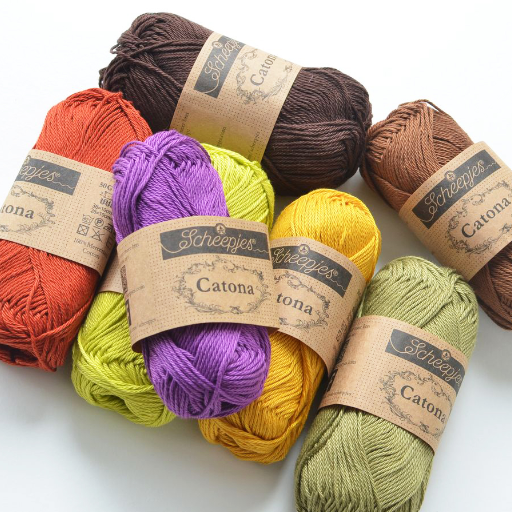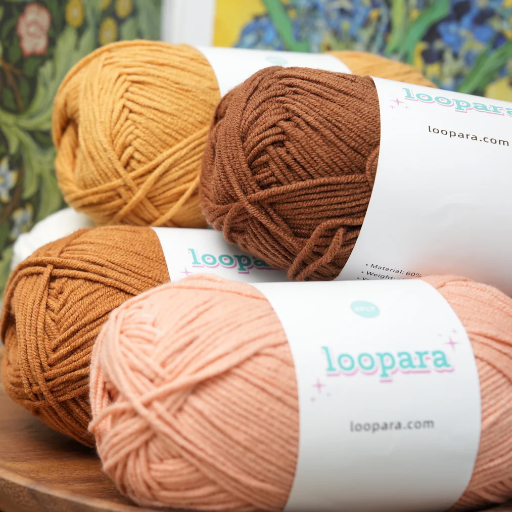With applications in fashion and healthcare, the innovative polypropylene cloth has greatly transformed industries. Its mundane yet synthetic composition, longevity, and ability to resist moisture make it one of the most effective out there. From safety apparel to industrial textiles and even reusable shopping bags, it has had unmatched success owing to modern needs. This article looks into the properties of polypropylene fiber, why it has surfaced as a preferred choice amongst users, and its ever increasing demand. Read more to understand how this incredible cloth is helping reshape thoughts around everyday items and their practicality toward sustainable living.
What are the Types of Polypropylene Fabric?
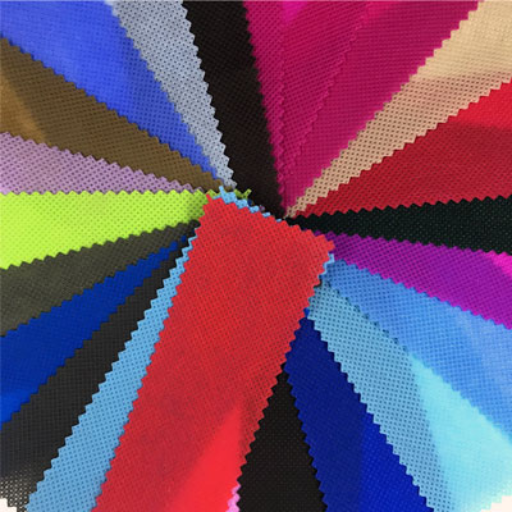
Polypropylene fabric is primarily classified into the following types:
- Woven Polypropylene Fabric: Comprises weaving polypropylene threads as it is stronger than other materials which is used to make reusable shopping bags, tarpaulins, and geopolymered fabrics,
- Non-Woven Polypropylene Fabric: It is made from polypropylene without weaving and is primarily used for surgical masks, gowns and other medical aids.
- Spunbond Polypropylene Fabric: Non-woven, lighter version of fabrics. It is also widely useful in agriculture, furniture and filtration materials and it has high tensile strength.
Each type is manufactured for specific uses, assuring the best results for the material’s properties.
What is Woven Polypropylene Fabric?
Woven polypropylene fabric is an industrial material used to produce geotextiles, woven sacks and industrial containers. Its tensile strength and flexibility are attributed to the way it is woven. The lightweight and robust structure of this fabric allow it to incur great amounts of pressure and weight while maintaining its integrity. Woven polypropylene also has great resistance against poor weather conditions or harsh chemicals as is the case with the outdoors, thereby increasing its life span. Its low cost also allows it to be used in large scale sustainable operations.
What is Non-Woven Polypropylene Fabric?
A non-woven polypropylene fabric is a material made by bonding together polypropylene fibers using mechanical, thermal, or chemical means, instead of weaving them. The method of manufacture helps in the creation of a lightweight and tough fabric which can be used in a variety of ways. Some of the most common uses of Non-woven polypropylene include the making of reusable shopping bags, medical face masks, filters ,and surgical gowns.
The unique structure (or skeleton) of this material makes it easy to breath while being water resistant. This makes the material useful in industries that need to observe cleanliness and safety. In addition, the low cost of the material, its recyclability, and the fact that it can be infused with antibacterial or antistatic propterties further increases its multifunctional value. This fabric is non-woven and comes from polypropylene sources, which makes it possible to be re-used and recycled giving the fabric allocation spaces as an environmentally conscious option aligned with most modern day goals for sustainability in manufacturing or product design.
What are the Different Types of Polypropylene?
Like all Thermoplastic polymers, Polypropylene is manufactured in grades based on the application and the molecular structure of the polymer. Its main types are homopolymers, copolymers, and EPP (Expanded Polypropylene).
- Homopolymer Polypropylene
Also referred to as homo polypropylene, this is the most widely traded type of Polypropylene. It also boasts the best mechanical properties with high tensile strength, flexural rigidity, and heat resistance, making it great for textiles, packaging as well parts in the automotive industry. Equally praised in industrial uses is the products durability and high melting point, further increasing its value.
- Random Copolymer Polypropylene
Low temperature impact resistance becomes available when small amounts of Ethylene are added during the polymerization phase, resulting in clearer more flexible material. These features make repetitive low-impact medical devices easy and safe to manufacture. These products, along with food containers and other clear or translucent packaging, greatly benefit from the attributes, improving the product’s reliability.
- Block Copolymer Polypropylene
This variation has higher ethylene content that is organized into block-like structures within the polymer chain. Toughness and impact resistance are increased, even at sub-zero temperatures. As a result, block copolymer polypropylene is used in construction, the inner parts of cars, and in heavy-duty products.
- Expanded Polypropylene (EPP)
EPP is a kind of closed-cell foam that is lightweight and can absorb large amounts of energy. It is used in an array of industries for protective and lightweight insulation as well as cushioning, such as the automotive industry for safety parts, protective gear, and reusable packaging.
These various types of polypropylene allow a healthcare, packaging, automotive and consumer goods manufacturers to select the most suitable grade to satisfy their specification needs.
What are the Advantages of Polypropylene Fabric?
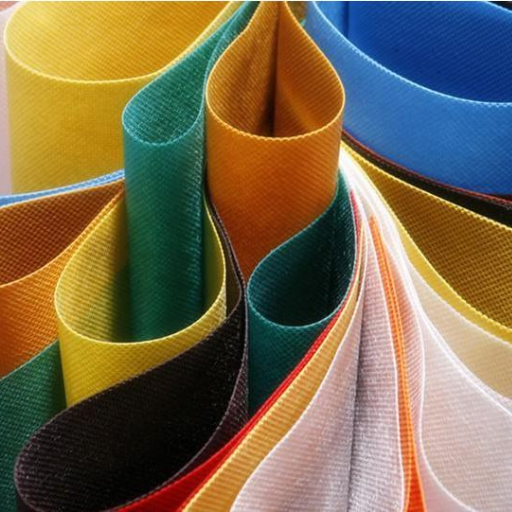
Due to some uniquely favorable characteristics, polypropylene fabric offers users multiple remarkable benefits:
- Lightweight: Because of its make, the fabric is light, making it useful in sections where weight reduction is necessary.
- Durable: Its high resistance to wear and tear guarantees long term performance, even when subjected to repetitive use.
- Moisture-Resistant: It repels the absorption of water thus enabling drying out quickly.
- Chemical Resistance: Useful in medicine and industrial work, it is resistant to many chemicals like poisons, acids and heck’s bases such as alkalis.
- Non-Toxic and Safe: Free of odor, non-toxic, the fabric is safe for use by the general public and people in health care settings.
- Cost-Effective: Its cost of production is low, this gives it an edge in numerous sectors due to it being budget friendly.
Owing to such reasons EPP is in high demand throughout the textile industry, health services, construction, and packaging.
How does Polypropylene Fabric Resist Stains?
Due to the chemical composition and low surface energy of PolyPropylene, fabrics made from it do not stain easily. Polypropylene, unlike natural fibers, does not absorb moisture making is entirely hydrophobic (for liquids and substances to penetrate the surface or bond with the material). This characteristic makes it easy for stains to escape from the material and avoids bonding, thus making cleanup effortless. In addition, the non-polar structure of PolyPropylene strengthens its defense as it repels water-alcohol based liquids. With this composite, we can also add closed molecular frameworks in healthcare, medical devices, and food packages where we want the material to be shielded from outside contaminants. More stubborn stains are easy to take out too because cleaning solutions can be used without the risk of harming the fabric.
What makes Polypropylene Fabric Durable?
The revolutionary collapsible polypropylene fabric container is designed with internal ribs that provide greater structural integrity and capacity while using less material than existing products. This monitoring system provides insights into the state of the container, product reliability, and enjoyable delivery performance at the right temperature and humidity. Polypropylene softens after reaching temperatures above 160 °C and melts completely at 230 °C. Hence, it can be worked at elevated temperatures, which is where it reaches its best shape for resistance to tensile strength, weight, and pressure while preserving shape stability and high chemical resistance. In other words, IT CARES ABOUT THE incombustibility, resistance to acids, alkalis, and alcohol solvents during service decline.
How is Polypropylene Fabric Made?
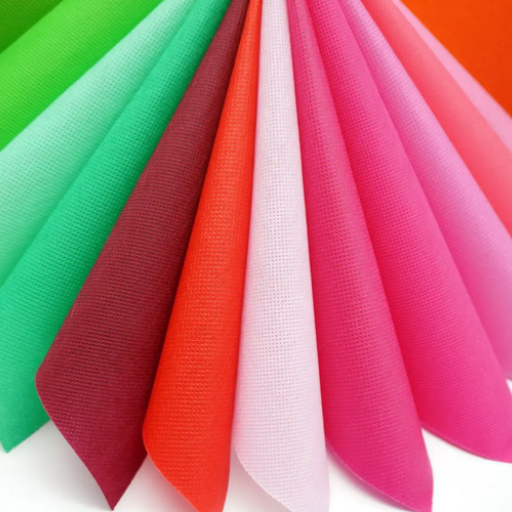
The production of Polypropylene fabric begins with propylene gas followed by an extruding process where it is changed into fibers. After this, the fibers undergo a process of being drawn and stretched to increase their durability and tensile strength. If the polypropylene is intended to be used as non-woven fabrics, the fibers can be bonded, while those intended for yarns can be spun. The end product is moitsture and chemical resistant, strong, and lightweight which can be utilized for variety of means.
What is the Process of Polypropylene Production?
There are multiple steps in the production of polypropylene. This starts with extracting and refining natural gas or crude oil. After this, key building blocks such as monomers are added. Propylene gas is put through a polymerization process via Ziegler-Natta or metallocene catalysts in high-pressure reactors, creating PP resin as a final product.
Resins are created from propylene and undergo polymerization first before they are pelletized. This involves uniform-sized smooth batch creation to simplify transportation. Optimized pellets can be superconducted downstream where they undergo further manipulation. New technology is available to control molecular weight distribution, crystallinity, and isotacticity. Optimising the material properties is vital for specific applications. Innovations have also enabled reinforcing the overall efficiency of the process, which is typically energy-intensive, alongside the reduction of the ecological impact of polypropylene recycling and manufacturing.
What Raw Material is Used in Making Polypropylene?
The propylene that comes from the refining of natural oil and gas is the main material of polypropylene. As the chemical formula for Hydrocarbon alkene is C3H6, it is also called propylene. During the catalytic cracking of crude oil, it can also be produced through steam cracking of hydrocarbons. Newer methods such as PDH are also available which increase overall efficiency and reduce dependency on traditional sources.
To achieve the required mechanical, thermal and chemical properties of the final product of polypropylene, the quality һәм purity of propylene feedstock must meet the expected standards. Continuous innovations in feedstock pre-treatment and catalytic polymerization processes are improving the cost-efficient propylene production and warehouse space, while lowering the negative impact on the environment, particularly greenhouse gas emissions. Emphasis on these factors is what will shape the future of the production of polypropylene at an industrial scale.
What are the Properties of Polypropylene?
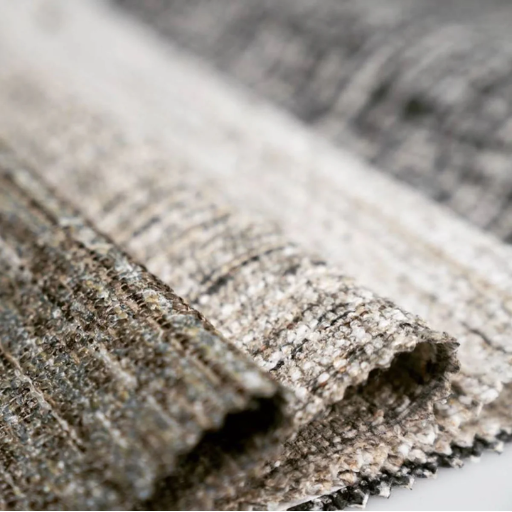
Polypropylene is widely used in many industries because of these notable properties:
- Durability: Polypropylene is very reliable material which has high resistance towards impacts, heavy use, and even fatigue. This makes it suitable for repeated use.
- Chemical Resistance: Its ability to withstand damage by a range of acids, alkalis, and organic solvents increases its usefulness in packaging and industrial applications.
- Thermal Stability: Polypropylene’s melting point (approximately 130–171°C) is relatively high, making it ideal for applications involving heat.
- Lightweight: It is low density, and hence lighter than a number of plastics, providing greater efficiency in manufacturing processes.
- Moisture Resistance: Its water repellence is excellent, performing in high humid environments or environments with exposure to liquids.
- Electrical Insulation: Polypropylene is a good insulator and is used to protect parts which use electricity or electronics.
Because of properties like these, industries like packaging, automotive, textiles and medical equipment have opted for it.
How does Polypropylene Fabric Resist UV Rays?
The protective features of polypropylene fabric commence on the molecular level with the incorporation of UV stabilizers which absorb or obstruct ultraviolet radiation Markava. Without shields from UV light, extended periods of sunlight would lead to degradation, discoloration, and cracking of the material. Advanced UV-resistant polypropylene is further augmented with hindered amine light stabilizers HALS which scavenge free radicals generated by UV exposure, providing long-term stability and ensuring endurance in materials meant for outdoor environments such as agricultural products, geotextile, and outdoor furniture.
What are the Textile Characteristics of Polypropylene?
The characteristics of polypropylene as water resistance and moisture adsorption make it valuable as a textile material. It is lightweight with a density lower than most other synthetic fibres which contributes to its quick drying properties. Activewear and outdoor garments benefit from this increased comfort. Furthermore, its resistance to damage ensures it can be used in greater, harsh environments with exposure to acids and alkalis. It works as insulators in cold weather gear as it traps heat, so it helps retain warmth and radiated heat. Add in great heat retention, low cost, ease of recycling, and versatility makes polypropylene excel in textiles.
What are the Applications of Polypropylene?
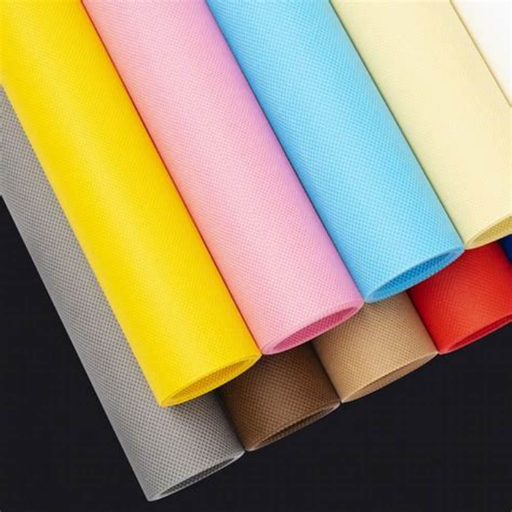
Definitely and across a variety of industries because it’s affordable and reliable. These are some of the most common uses:
- Packaging: Its moisture impermeability allows it to be used in food containers, bottles, and even plastics wraps at a lightweight.
- Textiles: The strength of Polypropylene and thermal insulation allows it to be used in clothes, rugs, and upholstery.
- Automotive Components: Its high impact resistance enables its use in bumpers, interior parts, and even battery cases.
- Medical Devices: Polypropylene is common in syringes, surgical devices and pill containers because they can resist cleaning products and harsh chemicals.
- Industrial Products: Used in the making of ropes and carpets and even storage solutions because it has great strength and is cheap in comparison to others.
As we can see these examples indicate how adaptable Polypropylene is to numerous functional and environmental needs.
Where is Polypropylene Fabric Used in Food Packaging?
Used in food packaging and storage becasue of its strength and lightweight, waterproof properties, resistance to moist and chemicals, and can be easily stored without anyone worrying about the products going bad. Used in making resealable bags, containers, and in making pouches so that food can be kept safe from anything that could make it spoil. because it can withstand higher temperatures, stove-top and heat sealed packing is also useful. It also has antifoodstuff laws and regulations, being non-poisonous and no BPA, which makes it safe alongside its economical purpose when used to shield and keep food in a certain state. Its recyclable and easy to make caps on using molds, words that are twists, and other shapes that are useful, easy of demand, and is handy readily accessible in need making it a useful addition to food packaging.
What are the Various Applications for Polypropylene?
Due to its high level of strength, flexibility in design, and resistance to harsh elements, Polypropylene (PP) is one of the most used thermoplastics in the world which is widely utilized across numerous industries. It can be found in applications such as automotive parts, food containers, fresh-keeping flexible films, bottle tops, and fresh-keeping flexible films used to protect food items from mechanical and freshness-preserving stress. It’s mechanical properties and its durability make it one of the core materials employed by the automobile industry in manufacturing parts like bumpers, battery capsules, and interior trims as they are easily impacted while keeping the overall weight of the car low.
Reference Sources
-
Palmetto Industries: Discusses common commercial and industrial applications of polypropylene fabric, including thermal uses.
-
Sewport: Highlights its use in clothing, especially for moisture transfer applications.
-
Lincon Polymers: Explains its synthetic fiber composition and its role in packaging manufacturing.
-
Non-Woven: Focuses on non-woven polypropylene fabric, often used as a vapor barrier due to its permeability to water vapor but not air.
Frequently Asked Questions (FAQs)
Q: What is polypropylene fabric made of?
A: Polypropylene fabric is made from a type of plastic known as polypropylene resin, which is derived from propylene monomers. This synthetic fiber is known for its strong and durable characteristics.
Q: What are the main characteristics of polypropylene materials?
A: The fabric characteristics of polypropylene materials include being lightweight, durable, and resistant to moisture. Additionally, it is a fabric that resists stains and is easy to clean, making it ideal for various applications.
Q: What are the common applications of pp woven bags?
A: PP woven bags are commonly used for packaging and transporting goods in industries such as agriculture, construction, and retail. They are known for their strength and durability, which makes them suitable for carrying heavy loads.
Q: How do you clean polypropylene fabric?
A: Polypropylene fabric is easy to clean and can often be washed with water and mild detergents. For tougher stains, cleaners like bleach can be used, but it is advisable to test on a small area first to ensure the colorfastness of the fabric.
Q: Are there dye sites available for polypropylene textiles?
A: Yes, there are dye sites specifically designed for polypropylene textiles. However, since pp fabric has limited dye sites, not all dyes will adhere well, which can affect the final appearance of the fabric.
Q: Can polypropylene fabric be recycled?
A: Yes, polypropylene products can be recycled. The recycling process involves breaking down the polypropylene powder and reprocessing it into new products, making it a more sustainable option in the long run.
Q: Why is polypropylene considered a versatile material?
A: Polypropylene is considered a versatile material because it can be used in many applications, ranging from textiles and packaging to automotive parts and medical supplies. Its lightweight and durable nature allows it to adapt to various uses.
Q: What are the benefits of using polypropylene fabrics in outdoor applications?
A: Polypropylene fabrics are highly resistant to moisture and UV rays, making them ideal for outdoor applications such as tents, tarps, and outdoor furniture. Their durability ensures they can withstand harsh environmental conditions.








